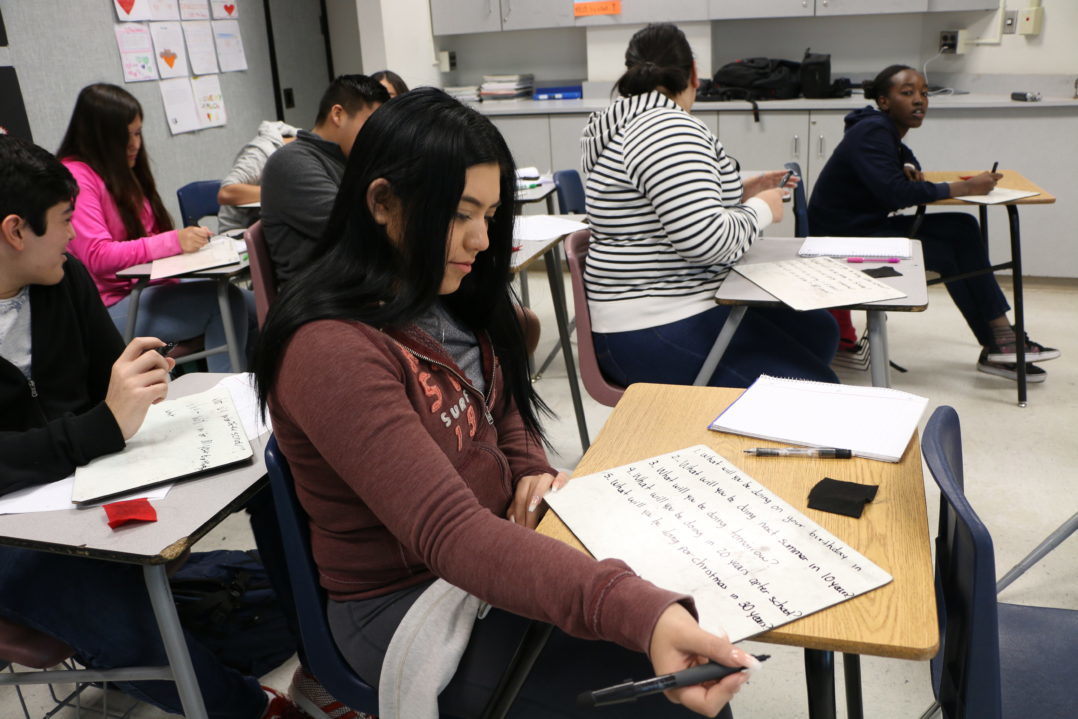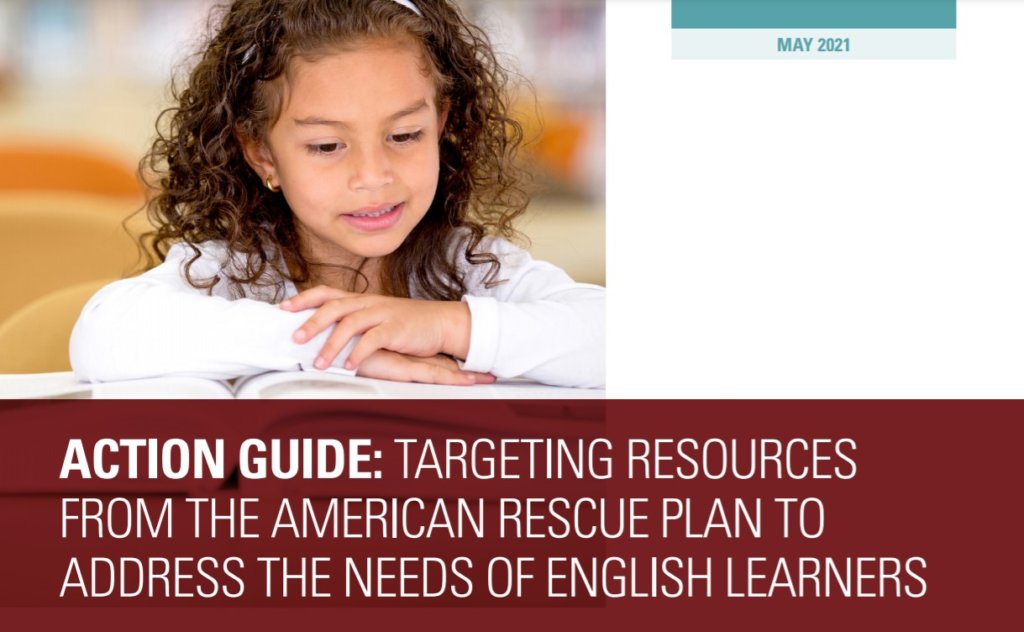The House Appropriations Committee Proposes $1 Billion in FY23 To Support the Needs of English Learners. Advocates Ask for Double That To Meet the Moment.
English learners make up 10% (5.1 million) of K-12 public school students in the U.S. and are one of the fastest-growing student populations. Congress can do its part by making the necessary investments in multilingual learners so that schools and districts can support them toward a more equitable pandemic recovery.
Last week, the House Committee on Appropriations approved their Fiscal Year (FY) 2023 Labor, Health and Human Services, Education and Related Agencies (LHHS) Appropriations bill. The bill includes $86.7 billion in discretionary funding for the Department of Education, a 15% increase over the FY22 level of funding. Among the programs proposed for an increase is the English Language Acquisition grant program (Title III)—the federal funding stream in the Elementary and Secondary Education Act (ESEA) that supports the needs of English learners across the country. If the bill were enacted, Title III would receive $1 billion, which would amount to $169 million above the FY22 funding level ($831 million).
This would represent a 20% year-over-year increase in Title III, a notable investment, and a welcome departure from years of stagnant growth in this critical funding. This progress would not be possible without the English learner advocacy community, which has the goal of securing $2 billion to fully meet the need. In May, UnidosUS and 122 partner organizations sent a letter to policymakers on Capitol Hill calling for $2 billion to support the needs of English learners. This request was echoed by a House “Dear Colleague” letter led by Representatives James Langevin (D-RI), Angie Craig (D-MN), Jesús G. “Chuy” García (D-IL), and Teresa Leger Fernandez (D-NM). A letter calling for the doubling of Title III funding was also circulated in the Senate and led by Senators Brian Schatz (D-HI) and Catherine Cortez Masto (D-NV).
Keep up with the latest from UnidosUS
Sign up for the weekly UnidosUS Action Network newsletter delivered every Thursday.
English learners make up 10% (5.1 million) of K-12 public school students in the U.S. and are one of the fastest-growing student populations. The number of ELs in the U.S. grew 35% between the fall 2000 and fall of 2019, all while funding for this population has remained relatively flat, increasing only 25% between FY2002 and FY2022 (from $664 million to $831 million).
Bold Investments are Needed
Research shows that ELs perform better when they have qualified teachers and high-quality learning materials (including digital curriculum), and their schools have adequate financial resources. But we know that even before the COVID-19 pandemic, ELs needs were often overlooked, and the pandemic only exacerbated the challenges experienced by these students and their families. Evidence indicates that access to qualified teachers and instructional materials, as well as adequately funded schools, contribute to reducing opportunity gaps (e.g., low graduation rates, low college attendance rates, and low enrollment in advanced placement classes), making it even more important to make bold investments in this student population.
Multilingualism is a Strength
Dual language learners bring a variety of assets into their school communities, and they should be supported to leverage those assets and realize their full potential. Instead, English learners are often talked about from a deficit-lens. The term itself—“English leaner”—fails to recognize the importance and the value of students’ native language and places the focus on gaining English proficiency, sometimes at the expense of their home language. This is precisely why UnidosUS has been advocating for more inclusive language, including use of the term “multilingual learner” instead.
According to a 2016 National Public Radio Series exploring the brain benefits of education, scholars have found that bilingual/dual-language students have higher levels of executive functioning and socioemotional skills, and they often outperform their counterparts in English-reading skills. It also noted that bilingual students tend to have better attendance, fewer behavioral problems, and higher parent involvement. Additionally, a 2017 report by the New American Economy showed that employers are increasingly hiring and searching for multilingual workers, and that the demand for bilingual workers more than doubled between 2010 and 2015.
UnidosUS recognizes the value of multilingual students and strongly supports increasing funding for Title III. We also support legislation such as the Biliteracy Education Seal and Teaching (BEST) Act. If enacted, it would provide high school students with seals of biliteracy on their diplomas to indicate high-level student proficiency in speaking, reading, and writing in both English and a second language.
Promoting environments in which multilingual students feel valued and affirmed within their unique identities is of the utmost importance. We need to continue to aid in the development of students’ multilingualism and stress to families and parents that multilingualism is an asset, as students and their families can sometimes view their home language as a hinderance to their child’s ability to master English. Congress can do their part by making the necessary investments in multilingual learners so that schools and districts can support them toward a more equitable pandemic recovery.
-This post was written by Roxanne Garza, Senior Policy Advisor, Education Policy Project, UnidosUS and Kendall Evans, Policy Analyst, UnidosUS.




